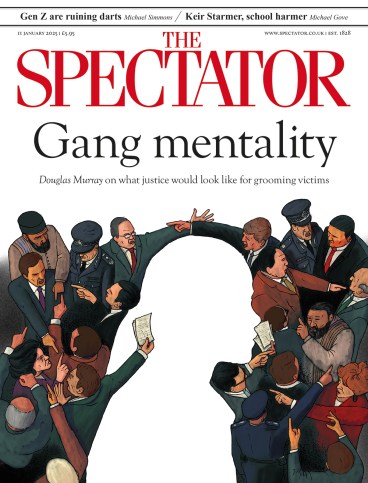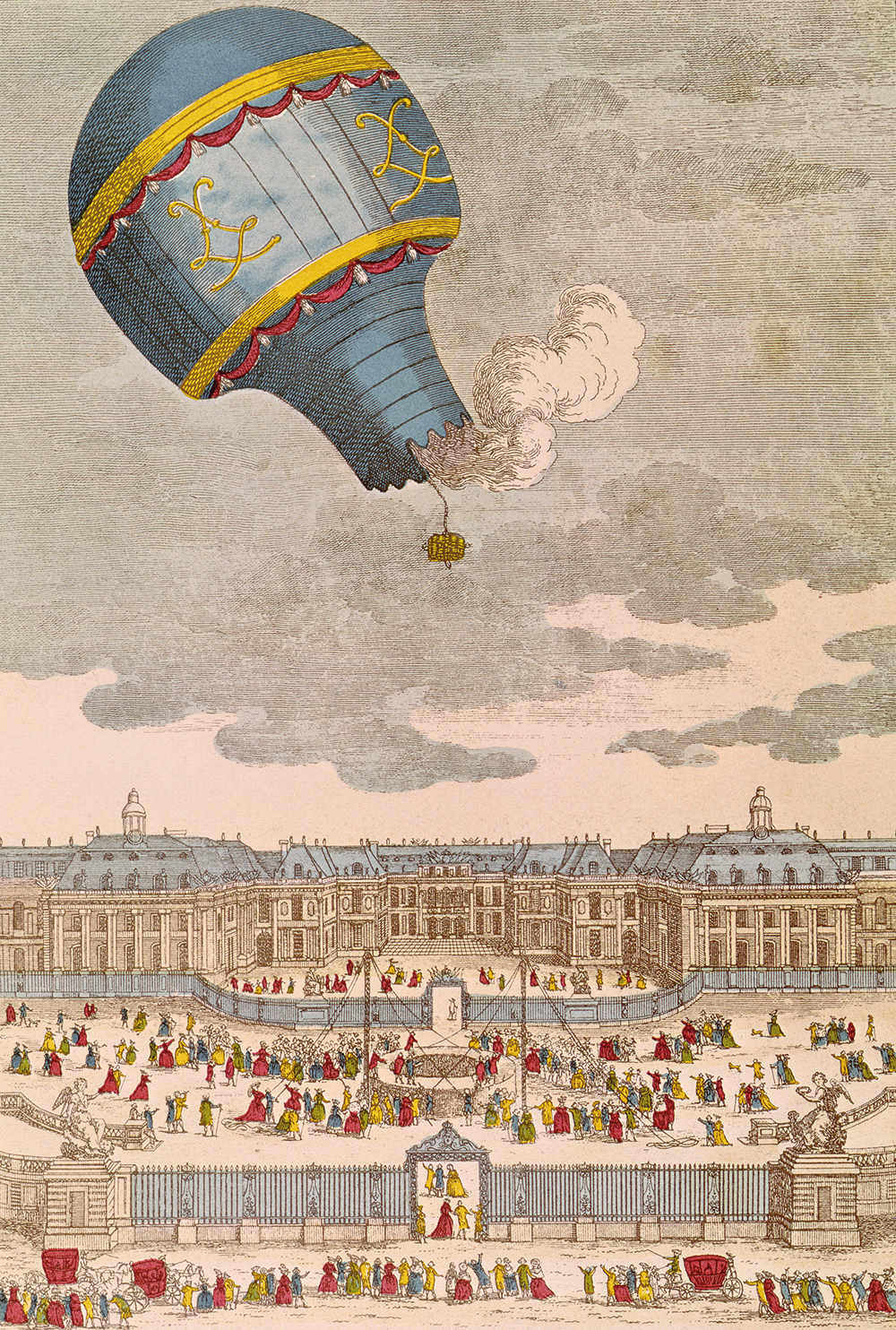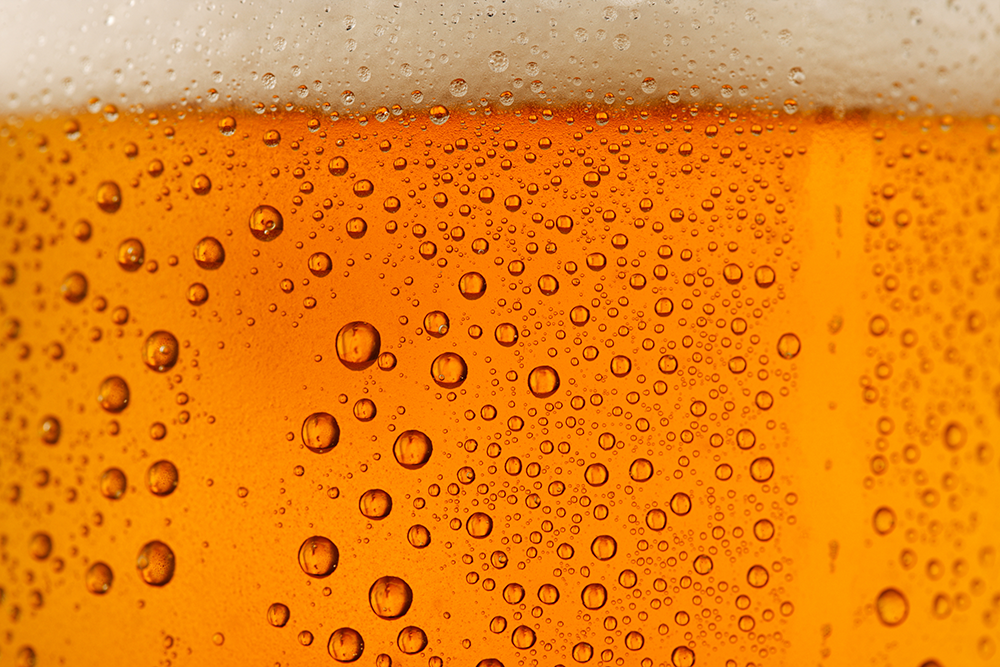
Versailles was a palace of science, as Anna Ferrari shows in this stimulating and innovative study, accompanying a dazzling exhibition of the same title at the Science Museum, London (until 21 April). Soldiers were subjected to electricity experiments in the Galerie des Glaces. The king watched the dissection of an elephant or a horse in the Menagerie. The latest globes and clocks, microscopes and barometers, miracles of precision and beauty, were, and in some cases still are, on display in the royal apartments. The gardens were exercises in trigonometry and hydraulics as well as planting. Louis XV had the largest and most varied plant collection in Europe. On 19 September 1783, watched by Louis XVI, Marie Antoinette, their courtiers and thousands of Parisians, the first hot air balloon rose from the main courtyard of Versailles.
Versailles’s role as a science centre was overlooked by most diarists and memorialists. They focused on power and pleasure, and were rarely admitted to the private spaces where kings watched or conducted experiments, or royal children received lessons in geometry and astronomy. This book, the first on the subject in English, contains 16 essays by different authors on topics ranging from pineapples at Versailles to Louis XIV’s map of the moon, Louis XV’s rhinoceros and Louis XVI’s 1785 expedition to the Pacific to expand trade and scientific and geographical knowledge.
It is a necessary corrective to the ‘how Britain made the modern world’ view of history. The king’s curiosity, wealth and ambition attracted the latest technology to Versailles. It became a site of experimentation, demonstration and education, in medicine as well as science. Louis XIV underwent an operation for an anal fistula lasting six hours; Louis XVI and his family were among the first people in France to be inoculated against smallpox. Science was used to assert French power across the world. The kings of France sent French mathematicians, cartographers and astronomers with their instruments to work for the Chinese emperor in Beijing.
Louis XVI had ten private laboratories and workshops over three floors in his private apartments. They included a forge, a carpentry workshop, galleries of artillery, physics and chemistry and the cabinet electrique de Sa Majesté, where he conducted electricity experiments. They formed a private scientific world where he could escape affairs of state and the constant entertainments organised for Marie Antoinette. Many details about the kings’ passion for science, however, have been omitted: the book could have been twice as long. Louis XIV himself devised and distributed chemical remedies for hernias. According to the newspaper the Mercure Galant, ‘the same royal hands which so worthily hold the sceptre from time to time are used to compose private remedies of which he alone has the secret’. Their efficacy is unknown.
Louis XVI and his family were among the first people in France to be inoculated against smallpox
Nearby, at Rambouillet, Louis XVI established an experimental farm, surviving to this day, where new breeds of sheep, goats and cows were introduced to France. At Versailles he helped popularise the potato –‘le pain du pauvre’ – despite public resistance, and himself taught his eldest son how to garden with tools, in a special garden next to the palace. If the king had managed the political revolution of 1789 more successfully, he might have encouraged industrial and agricultural revolutions in France earlier and more effectively than successors bent on sending Frenchmen and women to their deaths.
Versailles was a global hub. Royal approval gave scientific discoveries publicity and market edge. Last year, a stupendous exhibition Le Cheval en Majesté confirmed the impact of Versailles on horses, horsemanship and veterinary science. Imagine similar books and exhibitions on ‘Versailles and Music’(the palace contained multiple orchestras belonging to different princes and departments of the royal household); or ‘Versailles and Books’ – not only the books Versailles inspired and by which it was entertained, but also the libraries in the palace. Louis XVI and his wife, brothers and aunts competed to have larger, more erudite and more beautifully bound libraries. Whether they read the books is uncertain.
Other courts were also on the cutting edge of scientific discovery. The court of Denmark encouraged astronomy; the court of Saxony metallurgy and porcelain; the court of Naples archaeology. George III’s scientific instruments on the first floor of the Science Museum, his botanical gardens at Kew, and his stupendous library now engulfed in the British Library, show that the court of St James’s shared Versailles’s passion for science. Science was a cultural and political activity used to boost royal prestige as well as to further research. For 100 years it helped Versailles play as important a role in European culture as Rome or Pompeii.








Comments